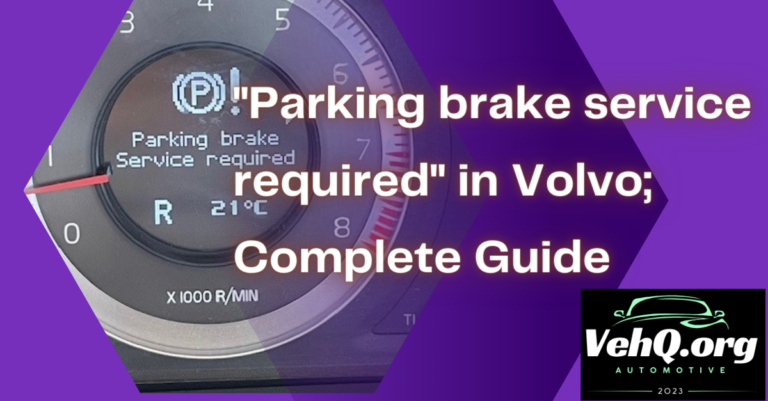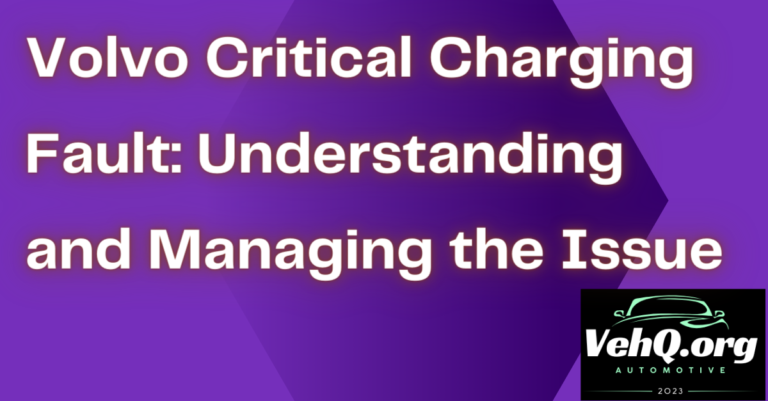Ceramic coating is renowned for its ability to protect a vehicle’s paint, enhance its appearance, and offer long-term durability. However, one of the most common questions among car owners is why ceramic coating is so expensive.
This comprehensive article will explore the factors contributing to the high cost of ceramic coating, why it might be worth the investment, and how it compares to other paint protection methods.
What Is Ceramic Coating?
Ceramic coating, also known as nano-coating, is a liquid polymer that is applied to the exterior surfaces of a vehicle.
Once cured, it forms a protective layer that bonds with the paint, offering a range of benefits such as enhanced gloss, UV protection, chemical resistance, and hydrophobic properties. This coating is often applied by professional detailers, although DIY kits are also available for enthusiasts.
The Cost of Ceramic Coating: An Overview
The cost of ceramic coating can vary significantly depending on several factors, including the product’s quality, the vehicle’s size, the paint’s condition, and the detailer’s expertise.
On average, professional ceramic coating services can range from $1,000 to $3,000, with luxury options potentially costing even more. DIY kits are less expensive, typically ranging from $20 to $150, but they require a significant investment of time and effort.
Why Is Ceramic Coating So Expensive?
Quality of Materials
One of the primary reasons for the high cost of ceramic coating is the quality of the materials used. Premium ceramic coatings are made with advanced nanotechnology, utilizing top-tier ingredients that ensure durability, longevity, and superior protection.
These coatings undergo rigorous testing to meet industry standards, guaranteeing that they provide the best possible performance. Cheaper alternatives often compromise on quality, resulting in reduced protection and a shorter lifespan.
Expertise and Precision Application
Applying ceramic coating is not a straightforward process. It requires meticulous preparation and precision application to achieve the desired results. Professional detailers invest significant time and effort in paint correction, surface decontamination, and careful application of the coating.
Specialized equipment, such as paint thickness gauges and polishing machines, is also used to ensure the coating adheres properly and provides maximum protection. The detailer’s skill level and experience significantly influence the service’s cost.
Durability and Longevity
While the initial investment in ceramic coating may seem steep, it is justified by the coating’s long-term durability.
Unlike traditional waxes or sealants that offer temporary protection, ceramic coatings can last for several years, with some high-end products boasting durability of up to 10 years. This longevity reduces the need for frequent reapplications, ultimately saving car owners time and money in the long run.
Paint Correction
Paint correction is a crucial step in the ceramic coating process and can significantly impact the overall cost. Depending on the condition of the vehicle’s paint, multiple stages of correction may be required to remove imperfections, such as swirl marks, scratches, and oxidation.
Proper paint correction ensures a clean and smooth surface, allowing the ceramic coating to bond effectively and provide optimal protection. Skipping this step or doing it inadequately can lead to a less effective coating.
Warranty and Guarantees
Many professional detailers offer warranties on their ceramic coating services, providing customers with peace of mind regarding the effectiveness of the product.
These warranties reflect the confidence that detailers have in the quality and performance of their work, further justifying the premium pricing. The cost of the warranty is often included in the overall price of the service, adding to the expense.
Business Overheads
Running a professional detailing business involves various overhead costs, which are factored into the pricing of services. These costs include rent, utilities, insurance, employee wages, and ongoing training for technicians.
Detailers who invest in continuous education and certifications are better equipped to apply ceramic coatings effectively, but this expertise comes at a price.
How Does Ceramic Coating Compare to Other Paint Protection Methods?
Wax and Sealants
Wax and sealants are traditional methods of paint protection that are significantly less expensive than ceramic coatings. However, they offer only temporary protection, typically lasting a few weeks to a couple of months.
In contrast, ceramic coatings provide long-term protection, often lasting several years. While the initial cost of ceramic coating is higher, it can be more cost-effective over time due to its durability and reduced need for frequent reapplications.
Paint Protection Film (PPF)
Paint Protection Film (PPF) is another high-end option for protecting a vehicle’s paint. Like ceramic coating, PPF offers long-term protection, but it is primarily designed to protect against physical damage such as rock chips and scratches.
Ceramic coatings, on the other hand, excel in providing chemical resistance, UV protection, and enhanced gloss. Some vehicle owners choose to apply both PPF and ceramic coating for comprehensive protection, but this combination can be particularly expensive.
Is It Ok To Drive With A Bad Catalytic Converter; Explained
vehq
Is Ceramic Coating Worth the Investment?
For many car owners, ceramic coating is a worthwhile investment due to its long-lasting protection and ability to enhance a vehicle’s appearance. The coating not only keeps the paint looking glossy and new but also makes it easier to clean, reducing the time and effort required for maintenance.
Additionally, the hydrophobic properties of ceramic coatings help repel water, dirt, and grime, keeping the vehicle cleaner for longer.
However, the decision to invest in ceramic coating should be based on your specific needs, budget, and how you use your vehicle. If you prioritize long-term protection and are willing to pay for a premium service, ceramic coating is an excellent choice.
On the other hand, if you are looking for a more affordable option or if your vehicle is older with significant paint imperfections, traditional waxes or sealants might be more suitable.
Conclusion
Ceramic coating is expensive for several reasons, including the quality of the materials, the expertise required for application, the durability of the product, and the overhead costs of running a professional detailing business. While the initial investment may be high, the long-term benefits of ceramic coating, such as enhanced protection, reduced maintenance, and improved vehicle appearance, make it a valuable option for car owners who want to preserve their vehicle’s finish.
Difference Between PPF And Ceramic Coating; Everything Explained
vehq
FAQs
How long does ceramic coating last?
The longevity of ceramic coating depends on the product used and the quality of the application. Professional-grade coatings can last anywhere from 2 to 10 years, while DIY options may need to be reapplied more frequently.
Can I apply ceramic coating myself?
Yes, DIY ceramic coating kits are available and are more affordable than professional services. However, applying the coating correctly requires time, effort, and attention to detail to achieve optimal results.
Does ceramic coating eliminate the need for waxing?
Yes, ceramic coating replaces the need for waxing by providing a longer-lasting protective layer. However, regular maintenance and washing are still required to keep the coating in good condition.
What happens if ceramic coating is not applied correctly?
Improper application of ceramic coating can result in uneven coverage, streaks, and a less effective protective layer. This is why professional application is recommended for the best results.
Is ceramic coating safe for all vehicles?
Ceramic coating is safe for most vehicles, but it is essential to ensure that the paint is in good condition before application. Vehicles with significant paint damage may require paint correction or other repairs before the coating can be applied effectively.


